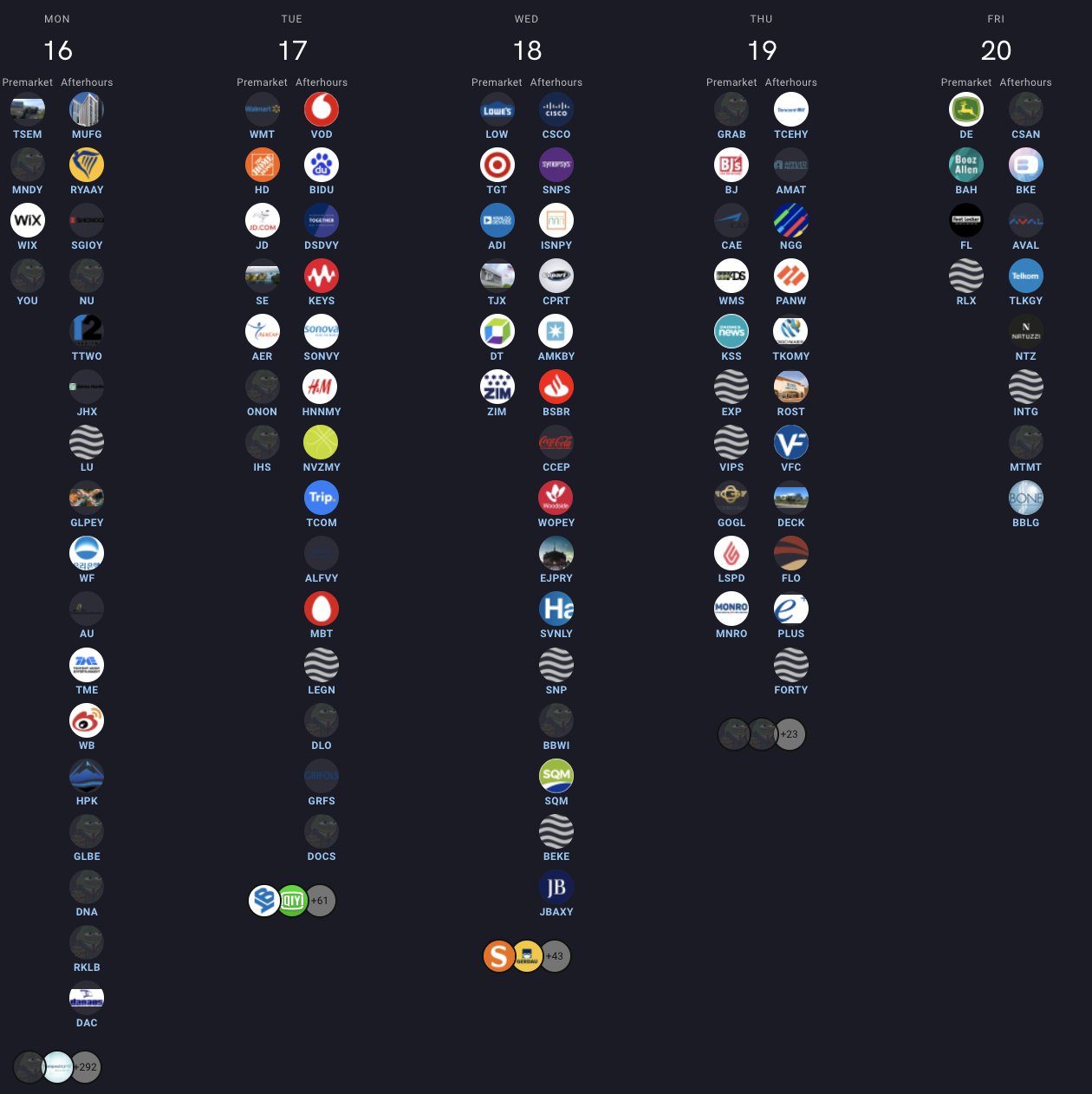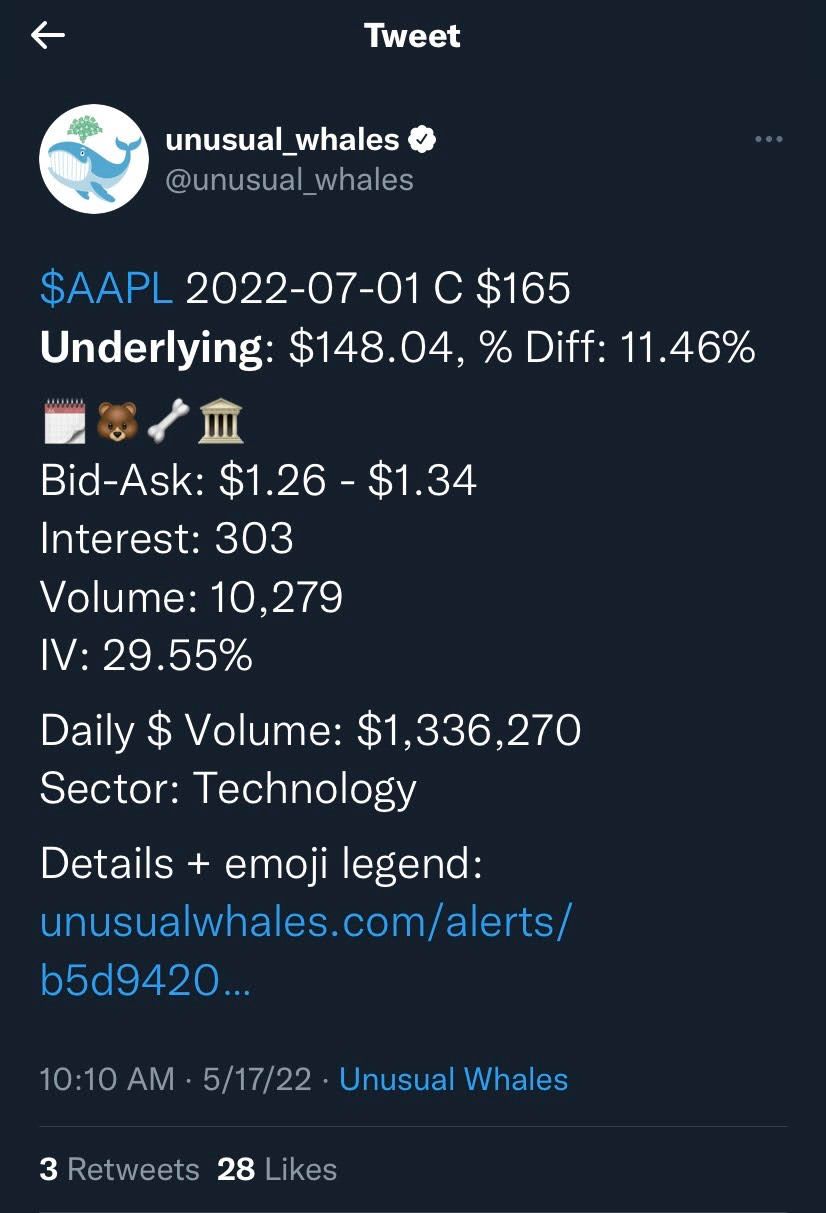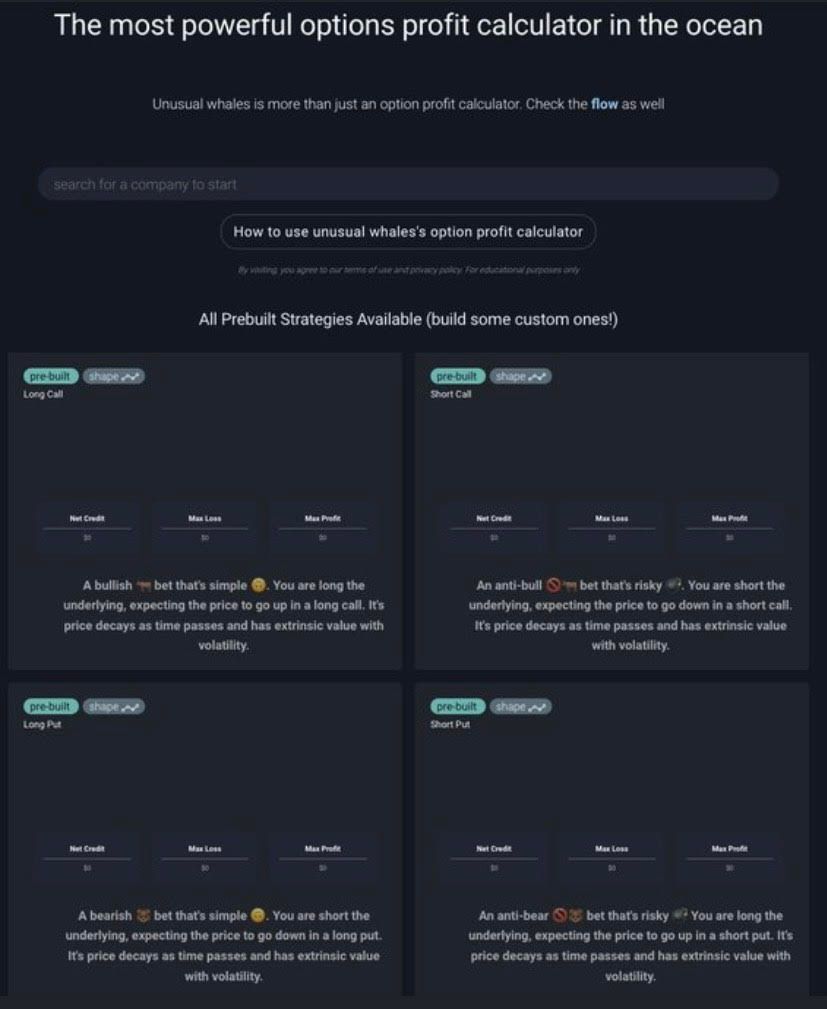With so many different financial instruments available to trade, it can be difficult to decide which one is best for you. Cryptocurrency, forex, and bonds represent just some of the different markets out there, although there can be no doubt that the stock market is the most well-known among both professional and retail traders.
What many do not know, however, is that participation in the stock market does not limit you to only being able to trade stocks. You can trade both stocks and stock options in this market, and while they sound similar and share lots of similarities, there are also stark differences between the two. Regardless of which you choose to trade, Unusual Whales provides tools to aid the retail trader in their quest for profit.
What Is A Stock?
A stock represents ownership of a company. A company’s stock is divided into shares, and when you purchase a share, you are essentially buying part of the company and becoming a shareholder of that company. For one company, 10 shares could be worth 25% of the entire business while for another, 10 shares are equal to 0.1% of the corporation, it all depends on the number of outstanding shares (shares in circulation). Shares are originally issued for the purpose of raising capital for the company and the price of a share tends to reflect a company’s market capitalization, or in other words, a company value. It is important to note, however, that a stock’s price will not always reflect the company’s actual value. One of the best ways to figure out a company’s intrinsic value is through the Unusual Whales' earnings report guide or the Unusual Whales company page.

It is noteworthy that a company can have multiple tickers (read here for an explanation on why that is).
A stock’s price moves based on the current supply and demand for the stock. The factors that inspire changes in supply and demand are called catalysts, and these come in many different forms. Catalysts include breaking news from the company, earnings reports, and technical analysis (chart patterns and analyzing historical data).
The pace of a stock’s price changes, otherwise known as volatility, comes from the imbalance in supply and demand. The highest trading volume (amount of shares being exchanged) comes at price levels with a balance between supply and demand and stops the price from moving until the supply dries out at that level. A good example of this comes in aftermarket earnings as the volume is much lower (due to it being in after-hours), however, the price fluctuations are fast and violent.
Trading Stocks
When you decide to trade a company’s stock, you can take one of two sides: long or short. When you are long a stock, you are betting that the stock price will increase whereas if you short a stock, you believe that the stock’s price will go down.
To long a stock, you buy the stock and sell at a later point in time, either for a loss if the price is lower than where you bought it, or a profit if the price rose from your average cost of the security. To short a stock, you are agreeing to borrow shares from your broker with the intention of buying them later at a lower price. The difference between the two is your profit (or loss). Most brokerages require a margin account that has a certain amount of funds in order to short sell a stock.
Short selling is far more dangerous than buying a stock as the maximum amount of money you can lose in a long position is 100% or all of your position, but that only happens if the stock’s price goes to $0 or the security is delisted. Conversely, when you short sell, the amount of money you can lose is technically infinite as a stock’s price can become infinite.
What Is A Stock Option?
A stock option is a contract that gives a buyer the right to buy or sell a stock at a specified price (strike price) at a preset date (expiration date) that is agreed upon before the transaction takes place. Options are a derivative of the underlying stock, meaning their value is based on the stock’s current value or price. Options are sold as contracts and each contract covers 100 shares of company stock. An option’s price is called a premium and the premium is how much the option is worth at that given moment. The premium moves up and down based on a variety of factors, including the underlying stock’s price, time until expiration, and implied volatility (IV).
The strike price is the set price agreed upon in the contract that specifies what price the option can be exercised at. If the underlying stock’s price is lower than the strike price comes the expiration date, then the option will typically expire worthless (you can technically exercise options out of the money, but it makes no sense).
The expiration date is the last day the contract can be bought or sold before it is exercised or expires worthless.
Examples of this can be seen below, with the Unusual Whales alerts.

Trading Options
Trading options is a bit trickier than stocks as not only do you have to choose which side you want (long or short), but you have to decide if you want to hold the option through the expiration date or sell prior to it. However, the primary issue is the non-linearity of the payoff, which adds to the complexity.
First, just like stocks, there are two types of transactions involving options trading: calls and puts. A call option gives a buyer the right, but not the obligation, to purchase a stock at the strike price while a put option gives a buyer the right, but not the obligation, to sell a stock at the strike price. The premium of a call option increases if the underlying stock’s price increases and decreases if the price drops on the stock. Conversely, a put option’s premium increases if the stock’s price falls and decreases if the price rises.
As previously mentioned, options are sold as contracts and each contract covers 100 shares of stock. You can find out how much you are paying for the contract by multiplying the premium by 100. Unusual options alerts by Unusual Whales are marked “C” for call options and “P” for put options and a more in-depth description of the differences between calls and puts can be found here.
If you sell an option before the expiration date, you become profitable if the premium’s price is higher than what you paid for it.
However, if you hold an option through the expiration date, you can only exercise it if the stock’s price is higher than the strike price agreed upon when you bought the contract. By exercising the call option, you are able to buy the stock at a lower price than it currently is trading at. If the stock’s price is lower than the strike price, the option expires worthless. Most options contracts expire worthlessly.
Unusual Whales has an options profit calculator that allows you to compare different strike prices and expiration dates and which one provides the maximum possible profit.

People tend to trade options both as a hedge for their current stock trades as well as speculation about a stock’s price future. A popular trading strategy is spreads (you can find out more about that here).
Many experienced traders trade options, including floor (professional) traders and our own Congress members, including Nancy Pelosi and her infamous portfolio. You can read about other members of Congress and their insider trading here.
Should You Trade Stocks Or Options?
Both stocks and options have benefits when trading, but they also both have downsides. When considering naked calls/puts, a stock is considered less risky due to the limited risk involved (it is highly improbable that you lose 100% of your money invested in a stock) whereas an option can expire completely worthless. However, with the greater risk that comes with trading options also comes greater profit potential. Options provide greater upside than stocks do as they are more volatile and react stronger to price changes.
Regardless of which one you choose, both stocks and options carry risks and it is important to use money management and tools to ensure you don’t lose money. Unusual Whales provides a wide variety of resources for retail traders to use in their search for profitability. You can check out more here.
Trump's "Big, Beautiful" has $1.1 trillion in health cuts and 11.8 million losing care
7/3/2025 7:31 PMTrump’s Big, Beautiful bill passes the House
7/3/2025 7:27 PMGas prices haven’t been this low for the Fourth of July since 2021
7/3/2025 4:32 PMTariffs are unlikely to result in much reshoring because production costs in other countries are well below the US
7/3/2025 4:28 PM
Stay Updated
Subscribe to our newsletter for the latest financial insights and news.
